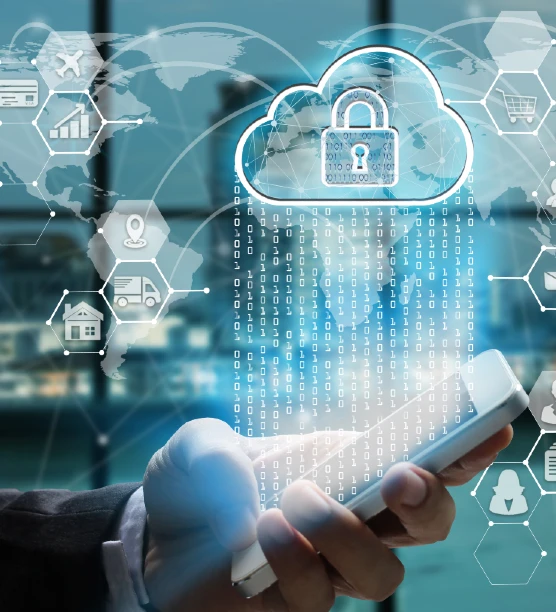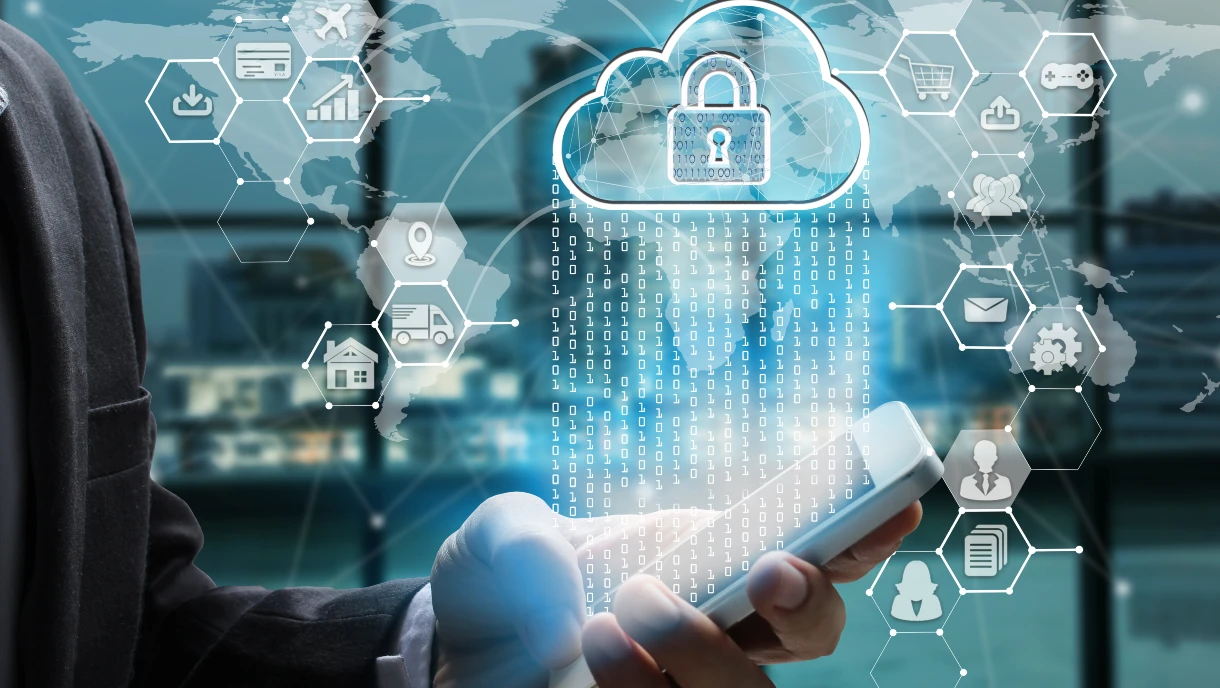The past few years have completely upturned workplace dynamics and compelled us to push the limits to accommodate work-from-home options. Businesses across the globe have revised their standards to adopt a virtual, work-from-home culture. With the availability of vaccinations, the model has been relaxed slightly to promote a hybrid work culture that combines work-from-home options with an on-site presence. Many professionals are dispersed globally and are working with mobile access from every possible mobile device.
According to Gensler U.S. Workplace Survey 2020, 52% of U.S. workers prefer a hybrid workplace model over others. The hybrid digital workplace model excels because it prioritizes employees and improves their work-life balance. Further, it allows employees to manage their time effectively and maximize productivity through lowered anxiety levels (e.g., by eliminating long commutes) and more time for family bonding.
Technical challenges
The future of the workplace is a hybrid digital model, so businesses need to establish a proper hybrid workplace strategy that supports an effective and sustainable work culture. The major challenges include collaboration, real-time data sharing, effective identity management, digital communication, remote access, digital workplace security, mobile access control solutions, biometric functions, and more.
Is the shift to a hybrid digital model easy? Absolutely not! It requires careful planning and the adoption of appropriate technology.
Companies have worked tirelessly to transition to a hybrid digital workplace by delivering the required infrastructure to their employees across the state, country, and globe. They have had to restructure corporate processes to meet employees’ expectations, including developing flexible policies, connecting or distributing the workspace, reinventing security systems, and implementing authentication software to provide remote system access and accommodate the extra load of remote-access mobile devices.
Managing a hybrid workforce
The hybrid workplace model requires a slightly different approach to management in terms of both infrastructure and employee relationships. Some of them include:
- Virtual/digital tracking of employees
- Availability of adequate technology, updated systems, and software
- Easy-to-use authentication parameters compatible with mobile devices
- Mobile access control for sensitive data sharing
- Real-time data sharing solutions for unrestricted workflows
- Enhanced network security to ensure cloud-based safety in the workplace
- Regular video-conferencing and meetings to stay connected
Why mobile access is the best solution for hybrid workplaces
One major task while transitioning to a hybrid workplace relates to the need for secure and easy remote/mobile access. The hybrid workplace strategy requires transitioning not only from office to home but also from desktop to smartphone. Several applications and software solutions have been introduced within the hybrid workplace strategy to accelerate the adoption of a secure, remote workplace. These include identity authentication software, cloud-based document storage and sharing, employee help-desk software, intelligence asset-tracking software, and more. All these applications are compatible with mobile devices for better employee engagement.
Identity authentication software has become synonymous with biometric devices. Similarly, communication applications are being used for video conferences, meetings, and data sharing over smartphones anytime, anywhere. All that happens with the click of a button, remotely and securely.
Mobile access control is crucial in the digital workplace
Mobile access control systems enable mobile devices like smartphones, tablets, mobile phones, and wearable electronic devices like smartwatches to act as a user’s credential for authentication.
Mobile access offers greater flexibility to employees with no restrictions on device usage. For companies, operational budgets for office premises have been reallocated to other useful areas of improvement, especially technology. Given the need for leaders and their teams to stay connected and be productive, mobile credential access control for all mobile devices is critical for communication, authentication, data-sharing, and even meetings. In addition, zero-trust safety precautions are being installed for utmost network safety in the workplace.
Cisco has found that mobile devices accounted for 9% of total pre-pandemic work time for meetings; however, in the hybrid workplace model, that percentage has increased to 27% and is expected to continue to rise.
Benefits of mobile access control systems
Mobile access control systems deliver many benefits to employers and employees:
- Control access to systems and applications
- Bind sensitive, encrypted data to an individual
- Centralize employees’ digital identities
- Secure assets, contactless biometrics, and tailgating identification
- Establish trust between multiple parties for centralized data sharing and interactions
- Verify the authenticity of information sharing
- Secure the cloud space
- Improve workplace safety
Within organizations, access to files and information is role-based and not everyone has the same level of authority. Therefore, to ensure authorized access to files and folders, enterprises use mobile access control solutions that rely on user credentials or pre-set conditions like access card readers, one-time passwords, auditing, and data history to share sensitive and confidential data and protect it from exploitation and unauthorized access.
According to Cisco’s hybrid workforce index (HWI), hybrid workers expect greater flexibility and accessibility along with security.
How OLOID meets the need for mobile access control solutions for hybrid workplaces
OLOID offers secure, privacy-forward authentication for the modern workplace. We understand the evolving needs of mobile credential access control and offer flexible authentication options. We also understand that a one-size-fits-all global landscape no longer exists — variety is needed for sustainability. OLOID helps secure clients’ assets with contactless biometrics and detect anomalies.
Additionally, OLOID offers retrofit access control solutions for a modern workplace with cloud-based security. OLOID’s future-forward approach helps in providing secure mobile access solutions for the hybrid workforce with centralized identity management.






